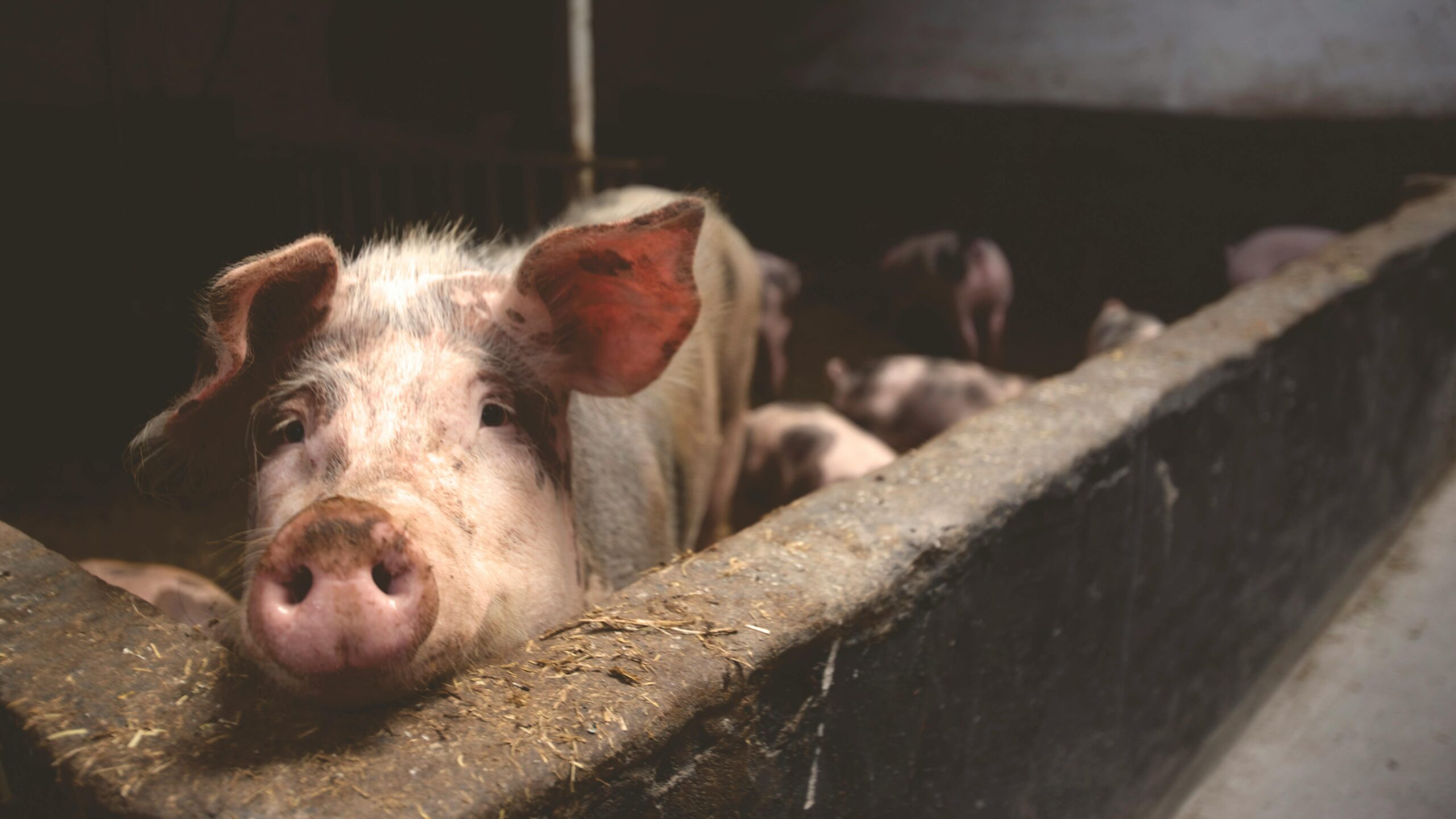The most critical part of successful rabbit farming is keeping your rabbits healthy and happy. We shall discuss some of the most common rabbit diseases, their symptoms, and how to prevent or treat them.
The coats of healthy rabbits should be silky and glossy, and their eyes should be clear and brilliant without any discharge. The rabbits’ movements should be free and easy, their respiration even and quiet, and their appetite normal.
The number and appearance of the rabbit’s droppings should be normal, and the rabbit’s body should have adequate amounts of flesh. If the rabbit is bony or has a potbelly, it could be a sign of sickness. Adults should experience little change in their weight or growth rate.
Disease is indicated when there is discharge coming from the eyes, nostrils, mouth, vent, teat, or anus. It is not natural to have sores or swellings. The usual temperature is 39 de-grees Celsius, and the normal pulse rate ranges from 140 to 150 beats per minute.
Coccidiosis
Signs
It is characterised by a loss of appetite, a pendulous and swollen tummy, gradual weakening, constipation and diarrhoea, a rough hair coat, and drowsy eyes as the rabbit lies in the cage. The young rabbits are the ones who are most affected. When pregnant does are infected, there is a chance they will transmit the disease to their unborn kits, which usually results in liver coccidiosis, which causes white spots on the liver.
Prevention and treatment
30 ml of Sulmet is combined in 4 litres of water and given for two days, then 15 ml of medicine in 4 litres of water is given once a month for four days. Some drugs can be administered at 1,5 ml per kg body weight for 2 days, then 0,75 ml per kg body weight for another 4 days for curative purposes.

Coccidia infection in a young rabbit result in ileus and bloating. (Image source: Elly Mbuthia via iloveveterinary, Twitter)
Ear canker or mange

Rabbit with severe ear mites also known as ear canker. (Image source: Carolina Waterfowl Rescue, Facebook)
Signs
It is caused by mites that damage the inside of the ear, causing extreme irritation and inflammation. The persistent scratching of the ear causes the animal to become restless. Inside the ear, necrotic tissue might be found.
Prevention and treatment
Crusts and scales are removed with wool, and baby oil or Loraxne lotion can be administered as a therapy. Body mange and ear canker are also treated with ascabiol. Control by keeping rodents out of the rabbitry, as they are the mites’ carriers.
Pasteurellosis
Signs
Snuffles, pneumonia, otitis, conjunctivitis, and abscesses are among the diseases caused by Pasteurella multocida in rabbits. Snuffles are characterised by a thick, sticky white discharge from the nose, as well as continuous sneezing. It is not a dangerous disease, but if left untreated, it can lead to pneumonia.
Prevention and treatment
A combination of 400 000 IU Penicillin and 0,5 grammes of Streptomycin injected intramuscularly can effectively treat snuffles and pneumonia. Antibiotics can also be used to effectively treat conjunctivitis and abscesses.
Aflatoxicosis
Signs
It is caused by providing concentrate feed that has been stored for a long time, especially in wet or moist conditions. Loss of appetite, diarrhoea, a bloated belly, and abortion in pregnant animals are all symptoms of the condition. It has a significant death rate. A noticeable gurgling sound can be heard when the affected animal is shaken with both hands.
Prevention and treatment
To prevent the disease, fresh and dry feed should be provided to the animals. Feed should not be stored in moist areas, and mouldy feed should be thrown away.
Pneumonia
Signs
The disease is more prevalent when the weather is cold and in hutches that have inadequate ventilation. Complications of the digestive tract that are primarily brought on by eating infected feed, and by internal parasites such as ascaris, particularly when the host has been feeding on greens.
Prevention and treatment
It is recommended to undergo deworming treatment at least once every three months. It is essential that you refrain from feeding your rabbits any forage that has been gathered on the side of the road since this forage may be infected with worms.


The information provided in this article is credited to:
The Peace Corps. (2014). A Complete Handbook on Backyard and Commercial Rabbit Production. Available at: www.pclive.peacecorps.gov/pclive/index.php/pclive-resources/resource-library/1281-r0041-complete-handbook-backyard-rabbit-production/file
Nurturing the roots of change in rural Kenya in cooperation with Bonnie Ami Holt at the Mitahato Education and Development Fund. For more information, visit www.mitahatoedf.com/ or contact them on +254-728-082887.
Dutta, P., Singh, R.K., Dhali, A. & Rajkhowa, C. (2009). BACKYARD RABBIT FARMING. ISBN 10.13140/RG.2.1.1742.5440/1. Available at: https://www.researchgate.net/publication/273886912
Lebas, F., Coudert, P., de Rochambeau, H. & Thébault, R. (1997). The rabbit – Husbandry, health, and production. ISBN 92-5-103441-9. Available at: https://www.researchgate.net/publication/38977233_The_Rabbit_Husbandry_Health_and_Production









